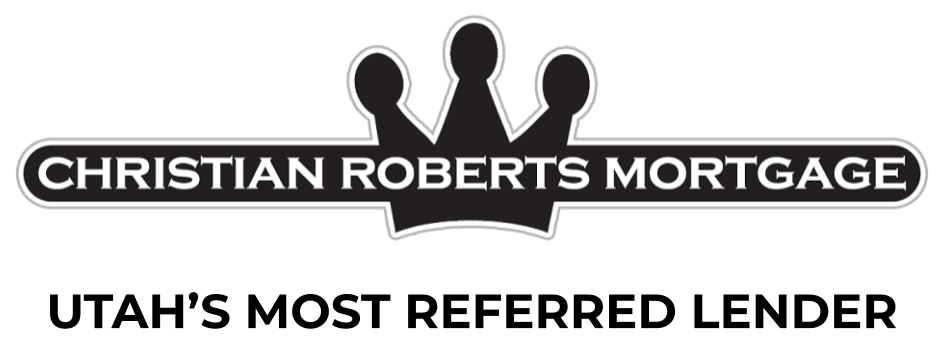
Once you get serious about buying a home or refinancing your current mortgage, you will probably hear the term “loan-to-value ratio” mentioned by your lender. What is this ratio and how does it affect your mortgage?
Loan-to-Value Ratio Defined
A Loan-to-value ratio, also known as an LTV ratio, is the calculation of how large your mortgage is compared to the value of your property. In order to find your LTV, divide your loan amount by the appraised value of the property in question. In general, the lower the ratio, the better your mortgage terms and interest rate will be.
Here’s an example: You found a home worth $300,000. You can afford to contribute $75,000 as a down payment, leaving a loan balance at $225,000. Divide the loan balance ($225,000) by the home value ($300,000) and you get 0.75 or 75%. That means you are taking out a loan for 75% of the appraised value of the home and you will own 25% of the home through your contributed down payment.
How LTV Affects Your Mortgage
Lenders like lower loan-to-value ratios because it means that borrowers have more skin in the game. If borrowers put in more money upfront for the purchase, they have more to lose if they were to fall behind on payments and land in foreclosure. Plus, with more equity or ownership in the property, if the borrower falls on hard times, he or she could more easily sell the property to pay off the mortgage. Both factors translate to less risk for the lenders and they can offer those borrowers lower interest rates.
A lower LTV can help mitigate other negative risk components of your application. If you have less-than-perfect credit, for example, contributing a much larger down payment would decrease your LTV and allow you a better interest rate than you otherwise could have received.
Additionally, if your loan-to-value ratio is not below 80%, you will be required to pay private mortgage insurance (PMI) until your LTV falls under that limit. PMI will add hundreds or even thousands a year to your mortgage bills. Contributing at least 20% for a down payment is ideal for getting the best interest rates and avoiding costly PMI.
Of course, an 80% LTV is not required with many mortgage loan programs. Government-backed loans are especially known for their high LTVs. FHA loans will allow loan-to-value ratios as high as 96.5%, while VA and USDA mortgages can be 100% or no down payment at all. Non-governmental conventional loans usually have much stricter LTV requirements. Jumbo loans, investment property mortgages and cash-out refinance loans are also much less forgiving when it comes to LTV.
Lowering Your LTV
If putting down more cash on your own is not an option, you can lower your loan-to-value ratio in several other ways. You could ask family members for gift funds to boost your down payment. You could also get a first and second mortgage at the same time, also called a piggyback loan or combo loan. Once you have bought a home, you can let the market lower your LTV through simple price appreciation. Or you could save up a large amount and put down that lump sum on the principal of your loan.
LTV ratios are crucial for determining whether you will be approved for a home loan and what type of terms you will be offered. Bringing your LTV as low as possible will help you score the best mortgage deals available.
If you have a question about mortgage financing, give us a call today at 801-255-0936 . We're always glad to answer your questions.

